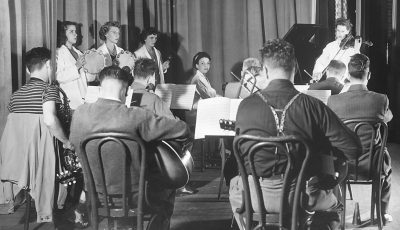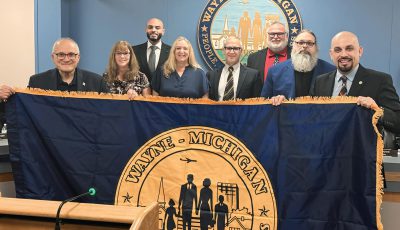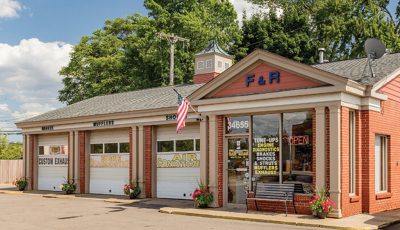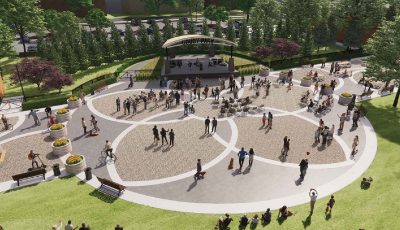Early history in Wayne
 The area in what is now Wayne was covered by at least six different glaciers over the past million years, with the last glacier melting about 12,500 years ago. Interestingly the great lakes used to be much larger at that time and the shoreline was actually at Wayne. Evidence shows Wayne road actually follows the ridge of the old beach, with the east side of town being underwater. It was during this time that the first humans entered Michigan, but then there is a gap until about 1000 years ago when modern Native Americans settled the area. The Ojibwe, Potawatomi, Ottawa and Wyandot were the major tribes in Michigan when French trappers began exploring in the 1600s. Its estimated there were about 15,000 Native Americans in all of Michigan, and the unfortunate spread of disease from Europeans reduced this population by half within 30 years.
The area in what is now Wayne was covered by at least six different glaciers over the past million years, with the last glacier melting about 12,500 years ago. Interestingly the great lakes used to be much larger at that time and the shoreline was actually at Wayne. Evidence shows Wayne road actually follows the ridge of the old beach, with the east side of town being underwater. It was during this time that the first humans entered Michigan, but then there is a gap until about 1000 years ago when modern Native Americans settled the area. The Ojibwe, Potawatomi, Ottawa and Wyandot were the major tribes in Michigan when French trappers began exploring in the 1600s. Its estimated there were about 15,000 Native Americans in all of Michigan, and the unfortunate spread of disease from Europeans reduced this population by half within 30 years.
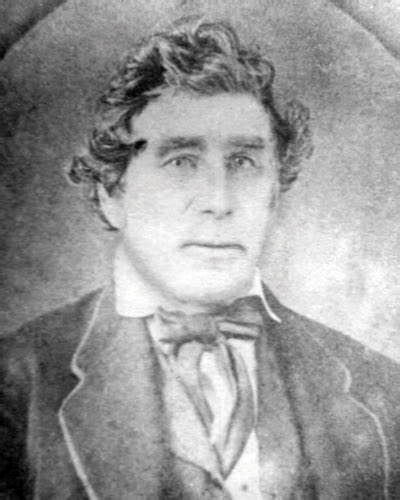
Ezra Derby
Through many wars, rebellions, and unfair treaties much of the land where Wayne is was ceded by Native Americans in 1807. In 1824 the first cabin was built in Wayne by George Johnson as a stagecoach stop on the Chicago road (Michigan Avenue). In the early 1830s the Indian removal acts forced many remaining Native Americans to move west, move north to reservations, or integrate. In 1825 the Erie Canal was opened and early steamboats had come online causing a flood of east coast settlers to come to Detroit and eventually move inland to Wayne and beyond. Many of these people had been living in New York or other states for generations, but by the 1840s and 50s Wayne began to see immigrants straight from western Europe, especially Germany, Scotland and Ireland. Life for a pioneer settler was not easy, as they had to clear their land of trees, plant crops, and get a farm going from scratch in a harsh and sometimes unforgiving environment. Neighbors could be miles away, and the town of Wayne was only a few dozen people.
Bears and wolves still populated this area of Michigan, and the low swampy nature of the eastern land in Wayne led to a lot of malaria spread by mosquitoes. We have letters from early settlers that were bedridden 6 months of the year with malaria, which they called “Ague”. In 1832 Ezra Derby bought the tavern and built the first blacksmith shop, general store, and a sawmill. Using this lumber he built he first frame house in Wayne in 1834, also on Michigan Avenue. He plotted a small settlement and sold lots, sparking the beginnings of a town. However, by the 1860s there were still fewer than 300 people in Wayne. Common crops grown in the area include beans, sugar beets, corn and wheat. Farms also usually had fruit trees, grapes, vegetable gardens and some livestock. Raising sheep in this area was quite popular until dairy cows took over in the 1890s. Wayne remained a small agricultural hamlet through to the 1920s when factory jobs began to take over. More about this history can always be enjoyed at the Historical Museum, or on our Facebook and Instagram, come give us a visit.


